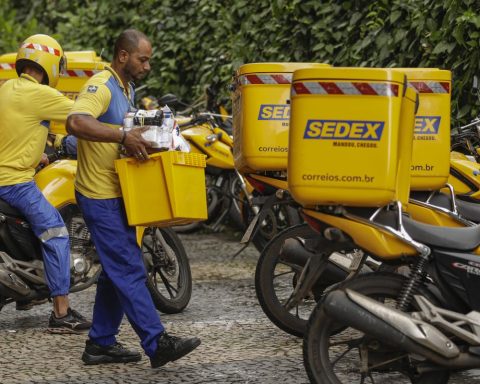Science Editorial, Aug 7 (EFE).- An international team of researchers has studied climate data from several countries and has concluded that the indices that determine the declaration of a “heat wave” do not in most cases reflect the severity of the problem and the risks it poses.
Even though climate change is causing heat waves to become more frequent and severe, there is no standard, global way to measure the severity of these events, and existing indices have different thresholds for defining dangerous heat stress conditions, according to the researchers, who today publish the results of their work in the journal Nexus.
Five of the six existing heatwave indices were unable to reflect the severity and spatial distribution of recent deadly heatwaves in India, Spain and the United States; and a sixth index – the Lethal Heat Stress Index – was better able to identify dangerous heat stress conditions, particularly in low-humidity regions.
“We found that some existing indices may not be appropriate for all geographic regions and climatic conditions,” said lead researcher Qihao Weng of the Hong Kong Polytechnic University, stressing the importance of scientific communities, public health officials and policymakers coming together to reconsider existing indices.
Currently, countries around the world have different ways of measuring and defining heat waves, but it is unclear which of these methods is most effective or how background weather conditions influence their performance, the researchers noted, noting that some of these metrics are based solely on maximum air temperature, while others include factors such as radiation, wind and, most importantly, humidity.
“Even in relatively low temperature conditions, if the humidity is high, it can still be dangerous for people with health problems,” Weng warned, explaining that in humid conditions, even at 28 degrees, humidity can lead to severe stress and heat stroke.
To compare the effectiveness of existing heatwave indices under different conditions, the researchers applied six existing indices to climate data from heatwaves that occurred in Spain and the United States in 2022 and in India in 2023.
In all cases, they found that one method, the “lethal heat stress index,” outperformed the others; compared to the other indicators, it could differentiate between areas affected by extreme heat stress and those not, and accurately determine on which days these most dangerous heat conditions occurred.
The “lethal heat stress index” is a temperature- and humidity-based metric used to identify conditions that can lead to human death (as opposed to other indices that use endpoints like “extreme danger” and “imminent heat stroke”), and while most other indices also include humidity in some way in their calculations, the way they do so differs, the researchers noted.
The study also notes that heat waves are experienced differently by different people, even within the same region, due to factors such as age, pre-existing health conditions and socioeconomic status, which is associated with access to adequate cooling or the “privilege” of not working outdoors in very hot weather.
“We need to deploy a comprehensive framework that takes into account temperature, humidity and other factors such as socioeconomic status and age to mitigate dangerous heatwave conditions,” said researcher Pir Mohammad of the Hong Kong Polytechnic University.

















